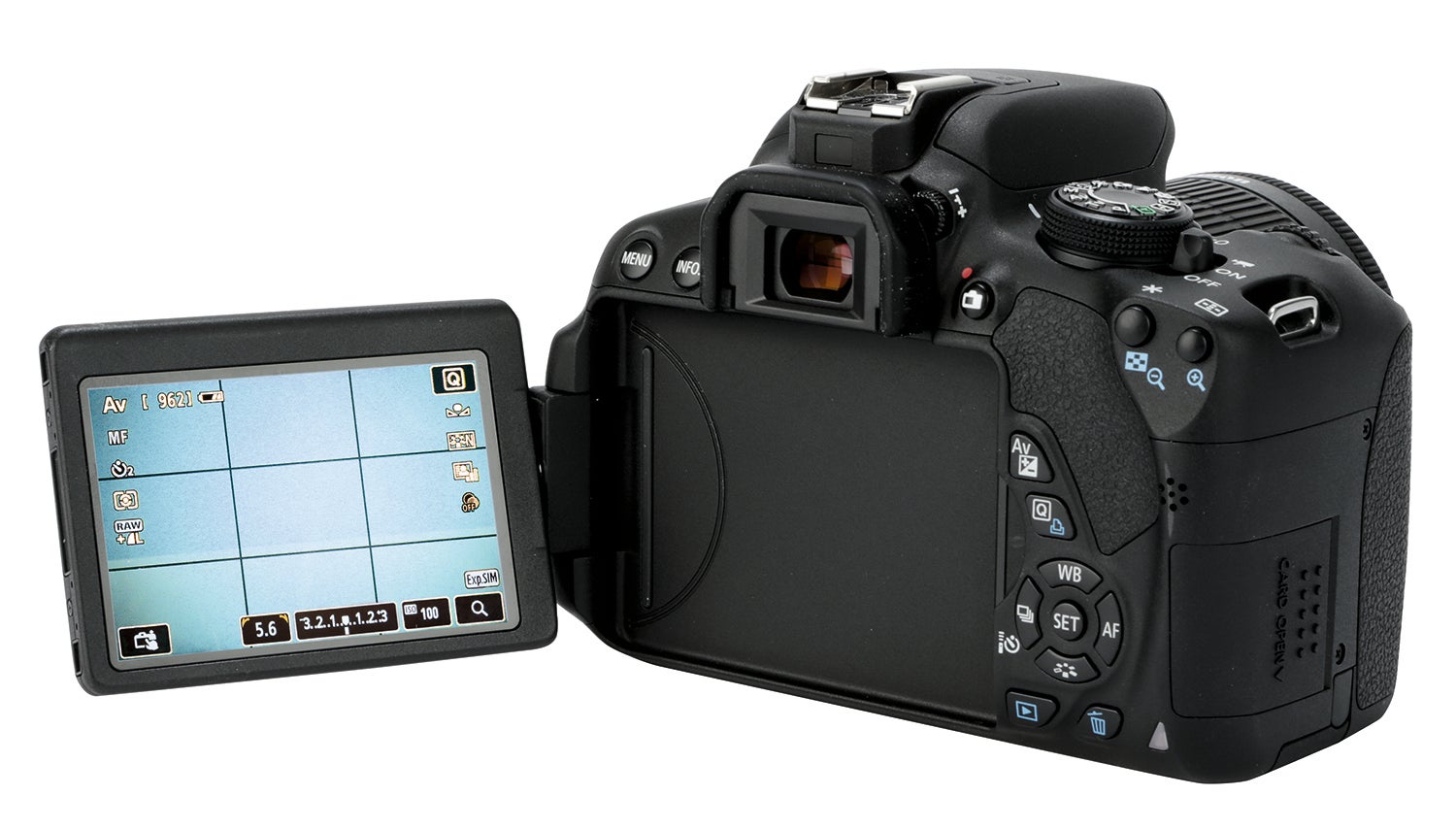


No ‘approximate’ framing guides, exposure meters, or AF points. Unlike the OVF, which relies on a fixed lens built into the viewfinder, the EVF displays exactly what the camera is seeing through your lens. In addition to the OVF mentioned above, the X-Pro2 features a killer EVF, which allows photographers to see what the sensor is seeing. The information that the hybrid OVF displays helps with a lot of this (overlaying an approximate frame, displaying AF points, etc.) but at the end of the day this is still a pretty big disadvantage over the EVF that is just a flick of a switch away. Chief among them being that since you are not viewing the scene through the lens, you can not judge focus, composition, framing, exposure, etc. That said, the OVF does not come without its disadvantages either.
#ELECTRONIC VIEWFINDER VS OPTICAL VIEWFINDER FULL#
It’s a great middle ground between a true OVF and a full on EVF. This allows you to think about the environment you are shooting in, take it all in, and make adjustments to your composition or crop without ever needing to take the camera down from your face.Īlso, it’s worth noting that this is not your daddy’s OVF, this is a modern hybrid OVF that displays a ton of useful information about the scene you are viewing. Since you are locked into one field of view, it allows you to see the whole scene in front of you, not just the tunnel vision view that an EVF or TTL OVF provides. Speaking of being able to see the scene, this is exactly one of the biggest advantages of the X-Pro2’s OVF. For shorter lenses this isn’t an issue other than being something you are not used to, but with longer lenses (like the 50-140mm for example) it can get in the way of being able to see the whole scene. When you pick up the X-Pro2 for the first time, assuming you have not used a rangefinder before, one of the first things you will notice is when looking through the OVF you can see your lens (in most cases). This means that you are not looking through the lens, but instead through a fixed lens in the viewfinder itself, giving you a sometimes odd perspective on the world in front of you. Unlike an OVF that you may be used to on your DSLR, the OVF on the X-Pro2 resembles that of an old rangefinder camera. But which viewfinder offers the better usability and functionality? Which viewfinder, OVF or EVF, rules the X-Pro2? The Case For The OVF Sporting both an optical viewfinder and an electronic viewfinder, the X-Pro2 offers a unique experience in the mirrorless world (Leica’s aside). Fujifilm’s X-Pro2 is a fairly unique equation in the photography world, blending old with new in more than just its style.


 0 kommentar(er)
0 kommentar(er)
